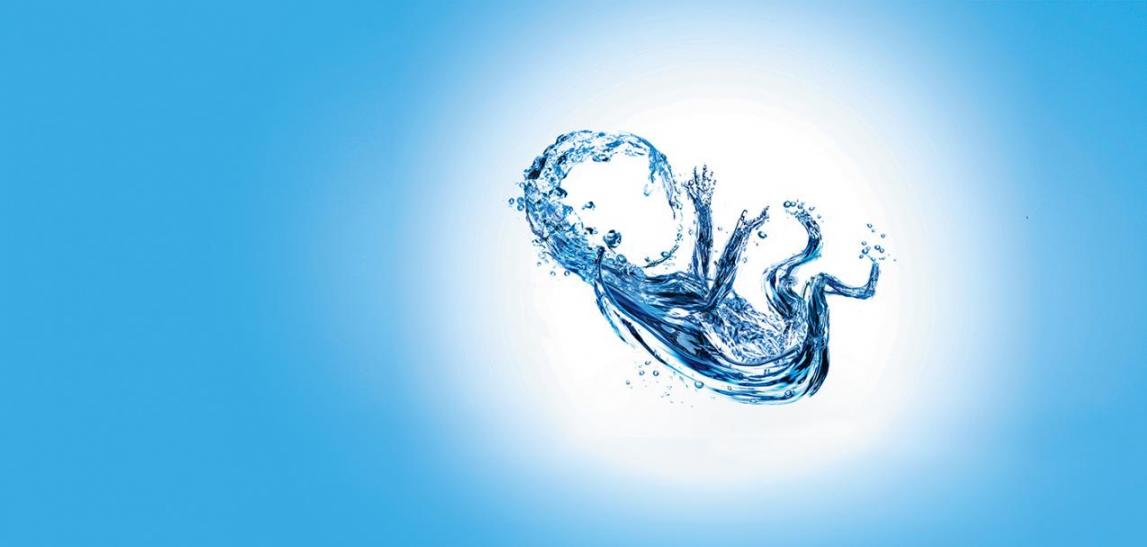Following a decades-long trend of declining water levels, Iran is apparently headed for an unprecedented water crisis. Fears of demand further outstripping supply have prompted officials to officially announce that water would be rationed in the coming Iranian year (starts March 21).
The steady decrease in water levels did not go unnoticed; from top government officials to ordinary citizens, we have all known this day was coming. But the key question is what was done to conserve this precious resource and cut consumption across the board? Up till now nothing of substance!
In a 2013 study conducted by the World Resources Institute, Iran received an average score of 4.8 out of 5, making it the world's 24th most water-stressed nation and at an "extremely high risk" of future water shortage.
Iran is considered a high-consumption country, but it trails behind countries such as the United States and Canada in terms of annual average water consumption. Unlike the North Americans, however, Iran is facing a crisis for a number of reasons, one of which is access to renewable water sources. According to World Bank estimates, the Middle East and North Africa (MENA) region has a per capita water availability of around 1100 cubic meters per year compared to a global average of 7000 cubic meters per annum.
Another natural obstacle aggravating the looming crisis is the lack of rainfall. Located in one of the most arid regions of the world, Iran has an annual average precipitation rate approximately one-third of the global average and it experienced a 27% decline in rainfall compared to the past year.
According to data from the ministry of energy, the average Iranian uses 250 liters of water per day, while daily consumption in metropolises such as Tehran may exceed 400 liters per person. If the numbers are correct, then Iran's water usage is twice the world standard. High water consumption combined with dwindling resources has indeed emerged as a danger we can ill afford.
Three Main Factors
While climate change and Iran's geographical position have had a noticeable impact on the water problem, they are not the driving forces behind the current predicament. In an article published in the Journal of Environmental Studies and Sciences in 2014, renowned Iranian academic Kaveh Madani outlined three main factors of the present water crisis in Iran: urbanization and population growth; unsustainable farming; and mismanagement.
Rapid population shift from rural to urban areas in the past four decades along with the population explosion have caused a disparity between water delivery capacity and regional water demand. Iran has experienced a 127% population growth since 1976 to almost 80 million. Official data has it that close to 70 percent now live in urban areas. The population boom outpaced development, leaving Iran with a lack of resources and infrastructure to meet the growing water demand.
Unsustainable agriculture is another culprit. Wasteful farming practices going back ages gobble 90% of Iran’s water, with a mere 35% efficiency which pales in comparison to the 70% in the developed world. The Department of Environment chief Masoumeh Ebtekar and respected economists have been vocal critics of unsustainable farming methods, but little has been done to reverse the dangerous trend.
Some may rightly argue that more than any other factor, gross mismanagement is at the root of the problem. According to Madani, rapid modernization along with Iran's stated desire to be completely independent took a toll on the hydro-environmental resources. Rapid development and haphazard expansion of infrastructure with minimal regard for the long-term impact have created untold harm. Examples of environmentally-destructive construction include building a bridge across Lake Urmia, excessive dam building, and utilizing outdated oil-extraction methods in the Hoor al-Azim wetland in Khuzestan Province, all of which have led to the drying up of water bodies.
Need for Judicious Consumption
Iran has been dealing with numerous environmental crises, and in spite of the talk, little seems to have been done to make a difference. Restoring and replenishing the water bodies would go a long way in addressing our unending water problems.
Finding more water resources has been the predominant strategy to fight potential water crisis. The problem with that strategy is that it does not solve the issue at hand; it merely postpones the inevitable crisis. Truth be said, judicious consumption is and will be far more effective in the long haul.
Demand can be reduced by upgrading agricultural irrigation systems and raising awareness among the general public. As mentioned earlier, the present irrigation systems are outdated and inefficient. Some measures have been taken to upgrade the systems; case in point being Sistan and Baluchestan Province which is being equipped with subsurface and pressurized irrigation systems.
To avoid a catastrophe, we also need to change our mentality. We tend to complain about water shortage and have no qualms about pointing fingers, yet we fail to do our fair share. When was the last time we took a 5-minute shower? Have we tried washing our cars without the water hose running? If really we want to see change, we have to start with ourselves.
Cooperation between government organizations and the general public is a necessity if we yearn to control the damage. We owe this to ourselves and our children. Failure is not an option.



